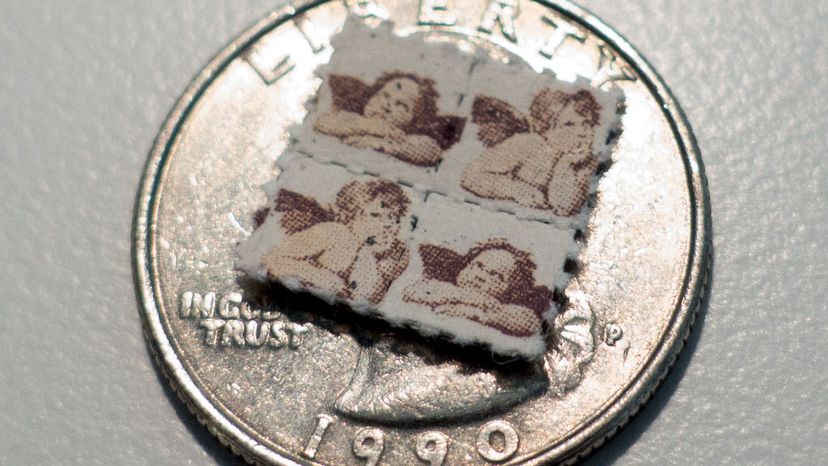How to Make LSD

Sandoz held the patent on LSD until 1963 and stopped making it shortly afterward. The company claimed that it was concerned about a lack of regulation and the inaccurate information being perpetuated about the drug. However, this didn't stop anyone from making it themselves, and until 1965, it was entirely legal to do so.
LSD production requires a strong working knowledge of organic chemistry, a complete laboratory setup (including the ability to sterilize equipment as well as access to a darkroom), and several chemicals that are currently either sales restricted or have their sales closely monitored by the Drug Enforcement Agency (DEA). Unlike the chemicals used in the manufacture of methamphetamine, they can't be found in fairly ordinary household items.
Advertisement
There a couple of different ways to make LSD. Some "recipes" may start with lysergic acid. Other online recipes call for morning glory seeds, which can be especially dangerous because they're often sold with a toxic coating to discourage consumption. Morning glory seeds and the seeds of some related plants contain LSA, or lysergic acid amide. The LSA can be extracted from the seeds and produce a mild high on its own. It's considered a precursor to LSD, although the amount of LSA in different seeds varies so much that the quality of the drug made from it would also vary. Here, we'll look at a recipe that starts with ergot, the substance that made Albert Hofmann famous in the first place.
LSD chemists must be extremely careful in working with ergot because of its toxicity. Remember the people poisoned by rye bread in the Middle Ages? Once the chemist obtains the fungus, he has to carefully and precisely culture it to extract the ergot alkaloids (an alkaloid is a compound containing basic nitrogen atoms). The darkroom setup becomes necessary here, because the fungus will decompose under bright lights. In fact, LSD itself may break down quickly when exposed to light.
If working with toxic ergot weren't hazardous enough, the solvents and reagents (compounds used to bring about chemical reactions) are also incredibly dangerous. The solvent anhydrous hydrazine, for example, may explode when heated. It's extremely poisonous and carcinogenic (meaning it can cause cancer). Another chemical often used in the process, chloroform, can also trigger cancer, in addition to damaging the kidneys and liver. Both substances are easily absorbed through the skin or inhaled.
The ergot alkaloid is synthesized into a lysergic acid compound called iso-lysergic acid hydrazide, through the addition of chemicals and heating processes. Then the iso-lysergic acid hydrazide is isomerized, which means that the atoms in its molecules are rearranged through a chemical process. It's cooled, mixed with an acid and a base, and evaporated. What remains is iso-lysergic diethylamide, which is isomerized again to produce active LSD. The LSD is then purified and crystallized.
What next? In the past, LSD was then made into tablets (microdots), simply dissolved in water or other liquids to be dropped or made into gelatin squares (windowpanes). It's rare to see LSD in these forms today, however. Instead, it's usually dissolved in ethanol. Sheets of blotting paper are then dipped into the LSD solution and dried. These sheets of blotter acid are usually printed with cartoon characters or other colorful graphics. The sheets are perforated into small squares, about a quarter of an inch (6.35 millimeters) wide. Each square is one dose, and a sheet can contain 900 doses.
Users chew and then swallow the little bits of blotter paper. You can inject LSD, but it's not really necessary because it's so readily absorbed through oral means. Then, the drug's powerful effects quickly take hold.